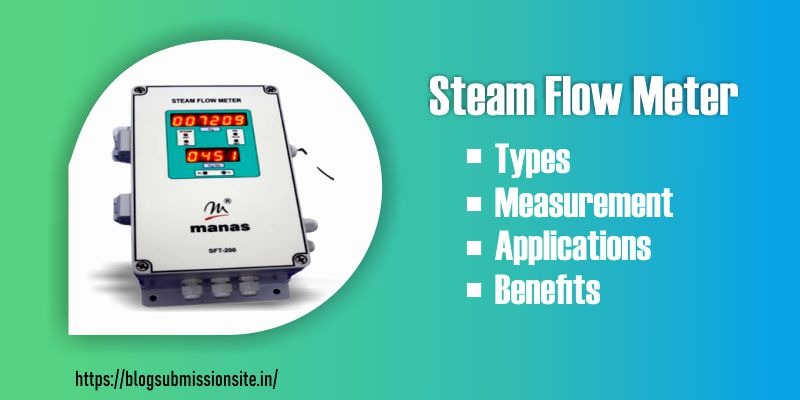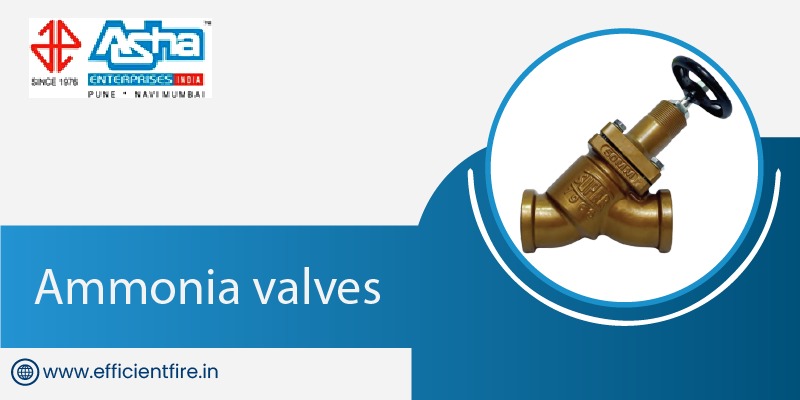What Is A Steam Flow Meter?
A Steam Flow Meter is a device that measures steam flow rate, primarily of saturated and superheated steam, as well as mass flow rates of boiler feed water in closed conduits. It can be used as a heat energy transfer meter to measure thermal energy utilising a variety of fluids as heat transfer medium (including thermic fluids / thermic oils). Steam Flow Meter gives the information you need to run a plant or a building operation efficiently, giving vital inputs like how much steam is being used and how much it is costing. Steam flow meters are helpful in evaluating the performance of the system and can provide useful data in assessing boiler performance, calculating boiler efficiency, and tracking the amount of steam required by the system. In some systems, steam flow meters offer a measurement signal for the boiler control system. Additionally, steam flow meters can be valuable in benchmarking efforts.
Why Steam Measurement Is Important?
Due to its inherent fluid properties and practical application, steam is particularly difficult to measure, especially across a large range of flow rates. For plant efficiency, energy efficiency, process control, and cost objectives, steam users are required to measure steam flow. Steam flow measurement is significant in this context because steam is widely used as a source of power in the production of electricity. In today’s power plants, heat is obtained from multiple bases.
Applications of Steam Flow Meter:
Steam Flow Meter is used in a variety of industries like-
- Engineering & Automation
- Textiles
- Chemical/pharmaceutical
- Food & Drugs
- Petrochemicals
- Fertilizers
- Steel/ Aluminium
- Sugar Factories/Distilleries
Types of Steam Flow Meter:
There are two main types of steam flow meter as follows:
Orifice steam flow meter: Orifice flow meter is a Differential pressure flowmeter relying on the change in pressure as steam flows through an element such as a nozzle, orifice, or venturi. This pressure change provides an indication of flow velocity, which, in turn, can be used to determine the flow rate.
Vortex Steam flow Meter: Vortex flow meters relies on the principle that flow past an element that creates vortices that have frequencies corresponding to the flow velocity.
Let’s understand the difference between Orifice Meter and Vortex Meter
| Sr. No. | Parameter | Orifice Flow Meter | Vortex Flow Meter |
| 1. | Well established standards | Available | Not Available |
| 2. | Suitability for high pressure & temperature application | Most suitable | Seal fails in the majority of cases after a certain duration. |
| 3. | Installation | Easy to install | Critical & expensive because of the requirement of special machined pipe lengths. |
| 4. | Existing pipeline modifications for installation | No modifications are required. | Design is based on velocity & not online size. As a result, line size at the site & selected flowmeter size may differ. |
| 5. | Recalibration of transmitter | Easy & can be done in house | Has to be done on a flow-rig and hence is expensive |
| 6. | Changes in Pressure, Temperature | Taken care of during density compensation | Needs to be taken care of. |
| 7. | Effects on resolution due to increase inline size | No effect. | Resolution decreases with an increase inline size. |
| 8. | Suitability for low-velocity measurement | Suitable | Stops the measurement |
| 9. | Durability | No moving parts and hence no wear and tear and virtually maintenance-free. | Diaphragm-based sensor and hence is prone to wear and tear. |
Benefits Of Steam Flow Meter:
Steam flow meters cannot be evaluated in a similar way as other items of energy-saving equipment or energy-saving schemes. A steam flow meter is an essential tool for good steam housekeeping. It offers the knowledge of steam usage and cost which is vital to an efficiently operated plant or building. The main benefits for using steam are features like Plant efficiency which adjusts actual conditions to ideal conditions, energy efficiency by using steam meter output to optimize energy use, steam control which determines the correct pressure and temperature need, regulator valve adjustment, steam custody transfer and many more. Steam measurement presents far additional challenging than liquid flow measurement. Most steam flowmeters measure a velocity or volumetric flow of the steam and, unless this is done carefully, the physical properties of steam will impair the capability to measure and define a mass flow ratio accurately.




